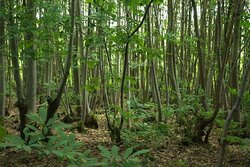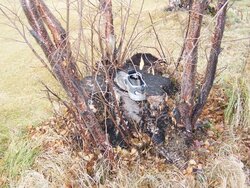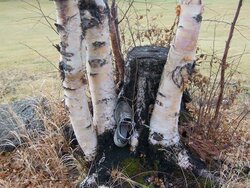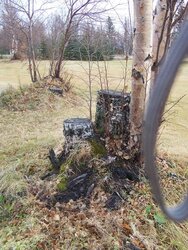A freelance reporter has called me a couple times wanting to do a story on someone who coppices wood to heat their home in the US. I know this is still really common in Europe and lots of trees have been planted for that purpose over the centuries. Coppicing is a traditional method of woodland management which takes advantage of the fact that many trees make new growth from the stump or roots when cut. Does anyone on this list do that, or know someone that does? Thanks,
John
John



 )
)

